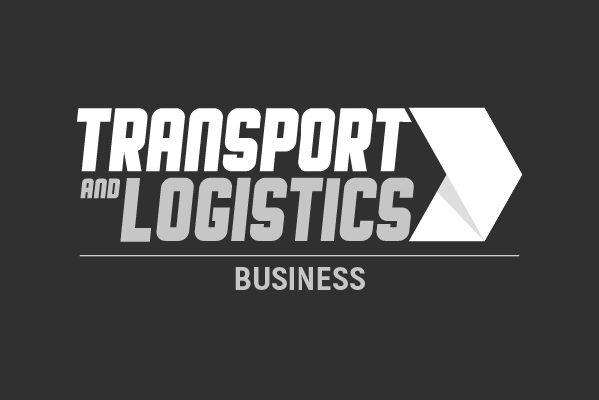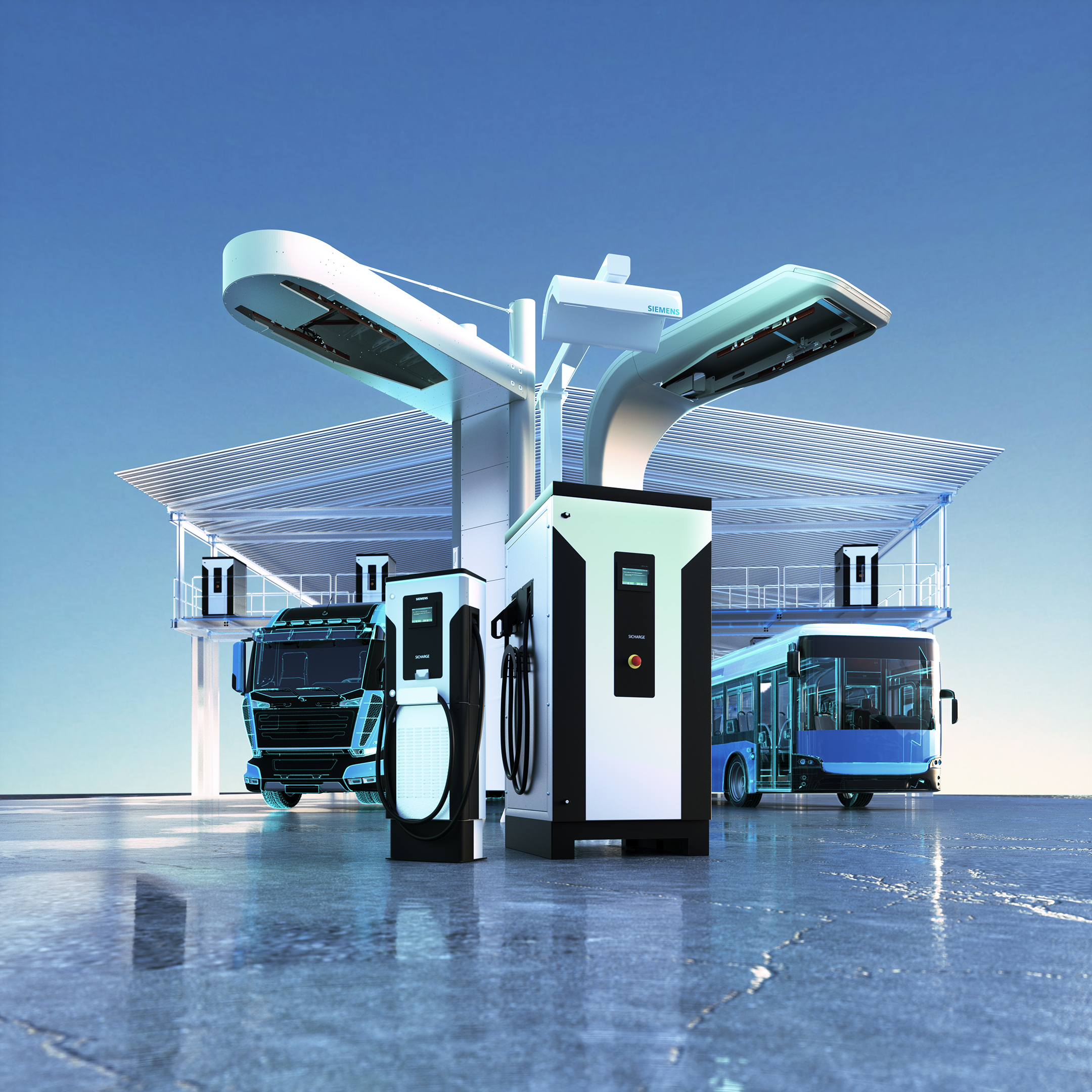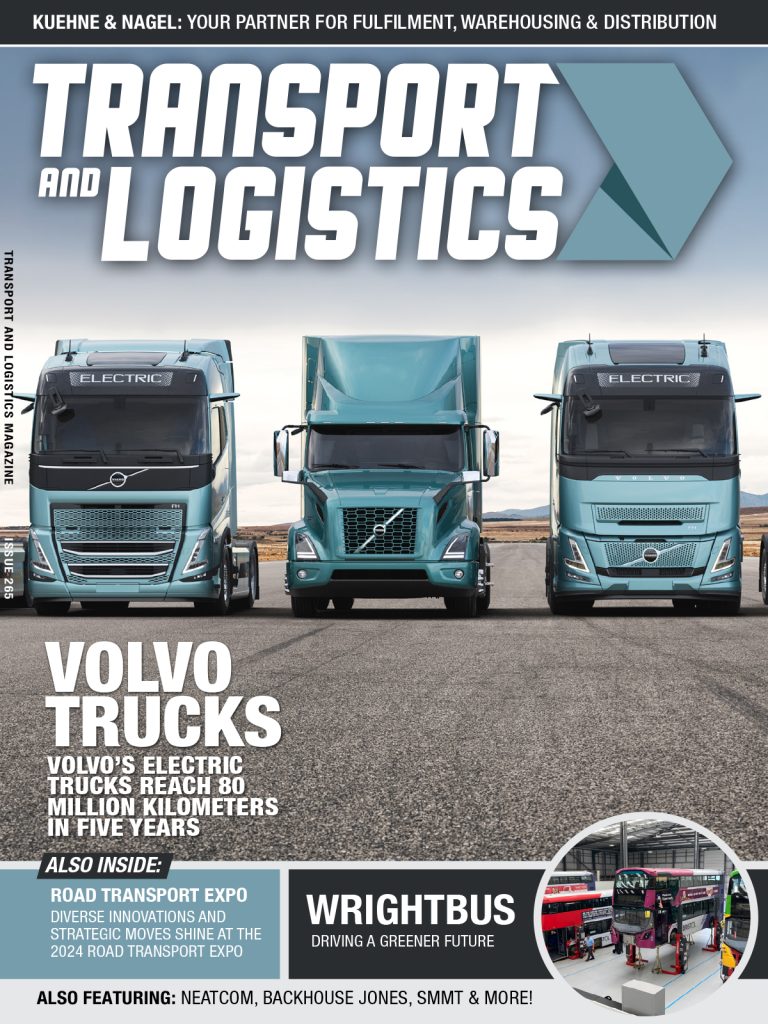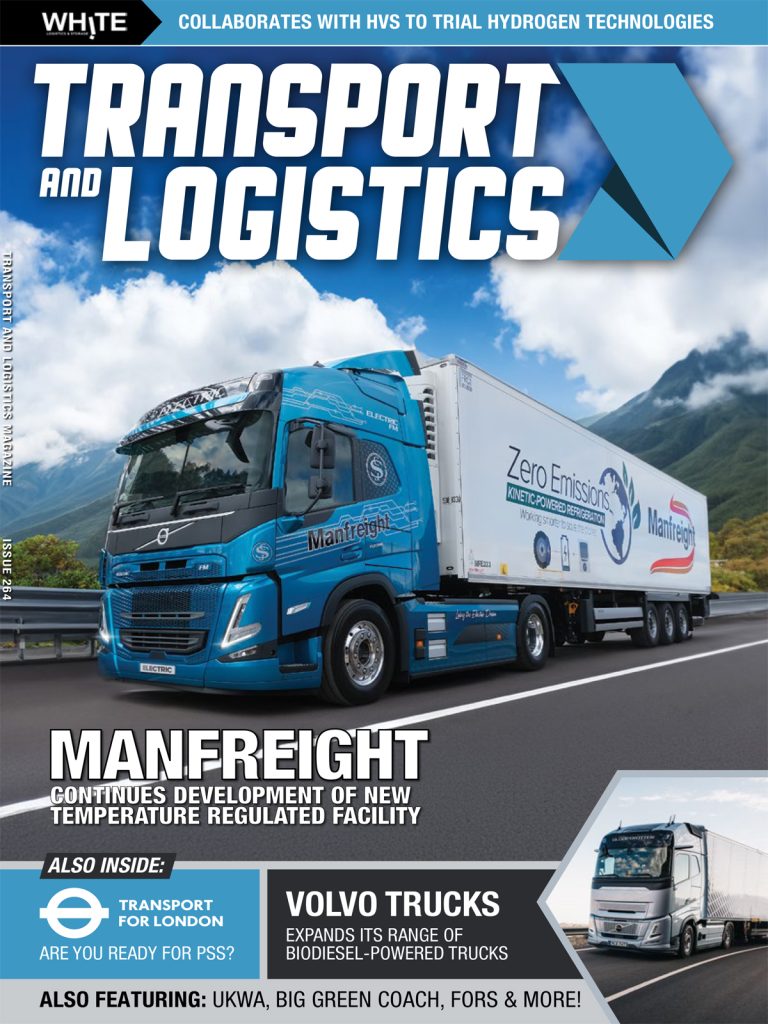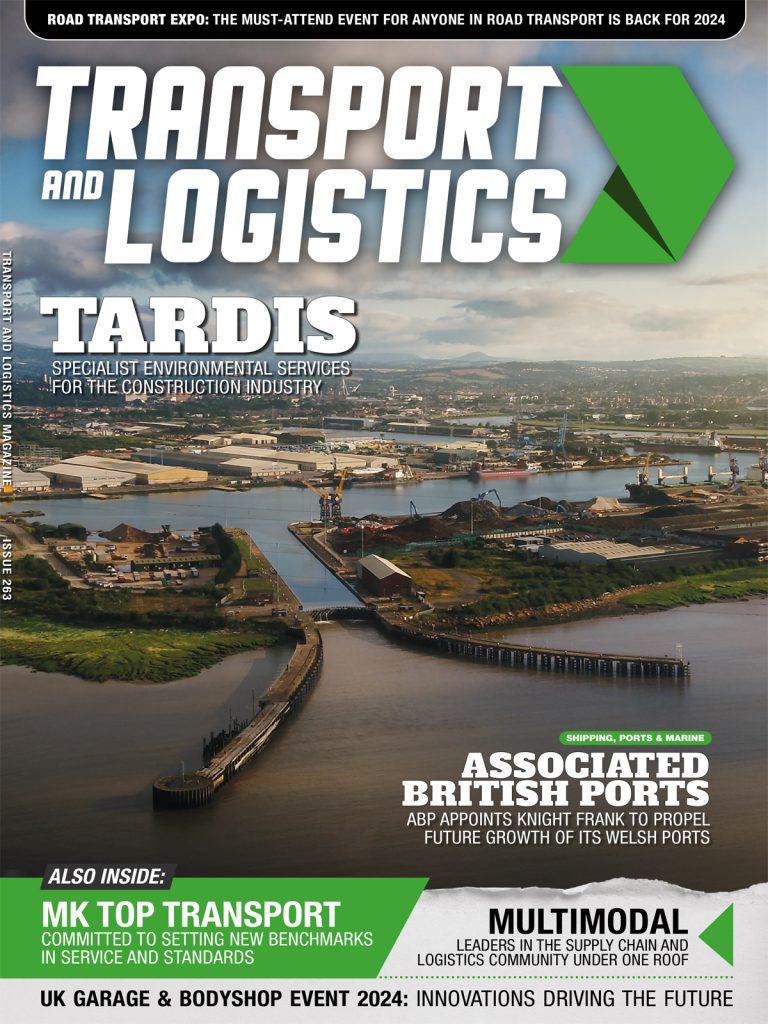As the number of electric vehicles increases, e.g., in commercial fleets or public transport, overnight charging infrastructure for hundreds of vehicles will become a common feature of our cities. Simply putting charging points in place, however, will not suffice. The situation is vastly more complex: Many vehicles enter and leave a typical eMobility depot, e.g., for eBuses, at different times and have varying energy requirements.
In addition, the electricity rates usually change according to the time of day; there might be power constraints due to an insufficient grid connection; different types of chargers might have to be considered. The objective is to charge the fleet of vehicles at the right time, with the required energy at the lowest cost. To master this level of complexity, depots need to harness the power of Artificial Intelligence (AI) and the Internet of Things (IoT).
The first step is to connect the chargers in the depot to a monitoring and control system. Most efficiently this is done by linking the chargers to a cloud-based IoT system, which collects data – typically more than twenty parameters, e.g., energy used, voltage or temperature – and enables the chargers to be monitored and controlled. Ideally, the connectivity is ensured through an open protocol – such as the Open Charge Point Protocol (OCPP) – to operate different chargers within the depot if needed.
This step is the basis for optimizing the power and energy usage within the depot. For this purpose, all aspects relevant to efficient charging need to be considered, e.g., vehicle parameters (battery type, maximum charging rate), charging station details (the charger’s maximum power, number of connectors etc.), the specifics of the electricity bill (demand charges, time-of-use rates) and lastly the vehicle schedule (entry and exit times of each vehicle as well as the energy required for the planned route). Once this information originating from different sources – e.g., the depot management system, the depot’s electricity provider etc. – has been gathered and prepared the optimization can begin.
The aim of the optimization is to manage the combined charging schedules for each vehicle in order to deliver the objective – e.g., the lowest possible electricity bill for the depot. With one vehicle this is simple: electricity is typically cheaper after 10 pm, so the solution is to charge the vehicle after that time. With five vehicles it may still be humanly possible to find a feasible combination of charging times, but with several hundred vehicles optimization will quickly spiral out of (manual) control.
And this is where some clever mathematics and computing power come into play, called AI-driven smart charging, which will search the multitude of possible charging schedules for each charger and vehicle in order to find the solutions that deliver the lowest cost (or other set objectives). This is achieved by reducing the overall energy or power usage in the depot during expensive time periods. The optimal individual charging schedules for each charging station are then downloaded from the cloud control system using the charging stations’ inbuilt IoT capabilities.
Managing depot charging is key for the economic and efficient operation of an electrified fleet and can significantly boost decarbonized mobility. With smaller fleets, load management (sometimes referred to as “smart charging”) is a key tool to lower both CAPEX and OPEX. As fleets grow, cutting edge technology such as AI need to be leveraged to manage complexity. Although exact figures vary from location to location, energy costs can be reduced by up to 40 percent and demand charges by up to 50 percent. This scale of savings bolsters the business case and is essential for the long-term success of eMobility.


